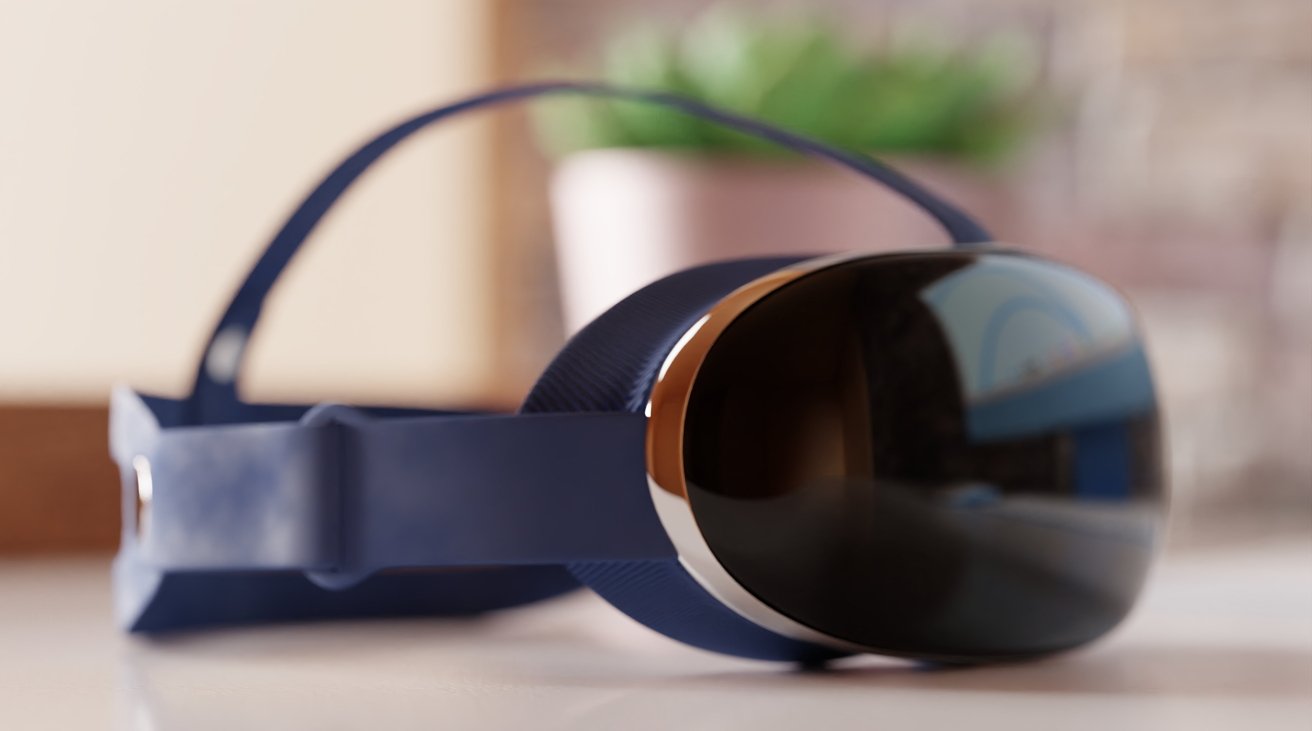Kuo predicts spring debut for Apple mixed-reality headset
Analyst Ming-Chi Kuo has revised his prediction for the official debut of the highly anticipated Apple augmented reality device, suggesting that the company will now announce it in spring 2023.

According to the analyst, Apple still faces delays with its mixed-reality headset. He cites issues "with mechanical component drop testing and the availability of software development tools."
Because of this, it's increasingly unlikely that Apple would announce it during a January media event.
Kuo predicts that the company will instead announce it during an Apple Event in spring or during the annual Worldwide Developers Conference in June.
While he believes that the device may be announced in the first half of 2023, he expects that it will not begin shipping until the end of the second or third quarter of 2023.
In December, Apple reportedly changed the name of its mixed-reality operating system to "xrOS," signaling that the company could be close to releasing a mixed-reality headset.
Currently anticipated to be in an "advanced" stage of development, Apple's first headset launch could include a pair of 4K OLED displays, 15 camera modules dotted around the outside, and potential support for eye tracking and hand gestures. The first wave could also be an expensive headset, with prices up to $3,000 proposed.
Read on AppleInsider

According to the analyst, Apple still faces delays with its mixed-reality headset. He cites issues "with mechanical component drop testing and the availability of software development tools."
Because of this, it's increasingly unlikely that Apple would announce it during a January media event.
(2/3)
As a result, it is increasingly unlikely that Apple will hold a media event for the new device in January. At this point, it seems more likely that Apple will announce the AR/MR headset at a spring media event or WWDC based on the current development progress.-- (Ming-Chi Kuo) (@mingchikuo)
Kuo predicts that the company will instead announce it during an Apple Event in spring or during the annual Worldwide Developers Conference in June.
While he believes that the device may be announced in the first half of 2023, he expects that it will not begin shipping until the end of the second or third quarter of 2023.
In December, Apple reportedly changed the name of its mixed-reality operating system to "xrOS," signaling that the company could be close to releasing a mixed-reality headset.
Currently anticipated to be in an "advanced" stage of development, Apple's first headset launch could include a pair of 4K OLED displays, 15 camera modules dotted around the outside, and potential support for eye tracking and hand gestures. The first wave could also be an expensive headset, with prices up to $3,000 proposed.
Read on AppleInsider

Comments
For a good XR experience, the devices must be widely usable in different environments and that requires content support from third parties. A lot of third parties and XR is far more demanding in terms of resources. On device resources, network resources etc.
Carrier infrastructure is not yet ready for moving huge amounts of high resolution, low latency XR data to and from users. In truth, it won't be until 5.5G is widely available that infrastructure will be able to become viable on a wide scale.
I would imagine that pricing would be a logical impediment to widespread early adoption or if a cheaper device were made available, perhaps it would be encapsulated to specific scenarios (gaming, training, educational...)
In terms of format support, I would think some kind of standard would come into play as opposed to a proprietary system. OpenXR maybe.
For widespread use though, content is key and that would have to be standards based because I very much doubt creators will want to target just one platform or create for various.
Leisure activities such as gaming and media consumption would be decent hooks to attract users initially but things can't be limited to that. More options would need to be available later.
Price would be a good obstacle to entry and would allow for the product to reach the real world in smaller numbers and allow for infrastructure providers to scale backbone services to meet eventual demand.
Currently there isn't enough enough peak time bandwidth on offer to cater to open internet connections of XR. We are moving towards 8K streaming and other types of massive data transfers.
It's fine for the use cases I highlighted earlier because that data would be coming off private 5G installations or local wifi (but not the kind of Wi-Fi you have at home).